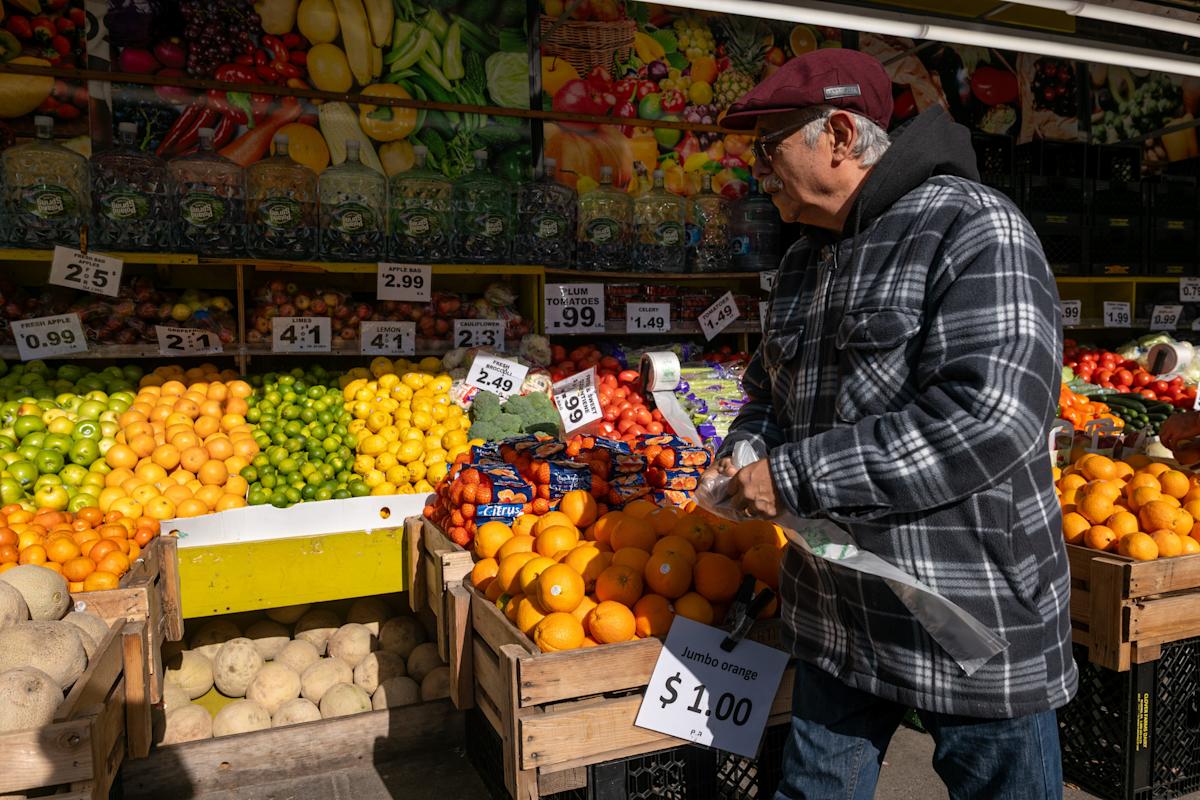Does the U.S. have a ‘K-shaped economy’? What it means for you.
Picture the letter K.
On the right side, you can see the upper diagonal heading up, while the one on the bottom falls to the ground. Now substitute upper-income Americans for the topmost diagonal, heading up and away, and lower-income folks for the one on the bottom and you can understand why comparing our economy to the shape of a “K” resonates for many people.
Beyond helping explain why many Americans feel they’re falling behind, the K-shape phenomenon is a reminder that economic policies have real-life impacts, said Diane Swonk, chief economist for KPMG US, and a warning that the divergence between fortunes for more affluent people and the rest of the country isn’t healthy.
The ‘Gini coefficient’ is a technical analysis of the gap between the rich and the poor.
“Inequality as measured by the ‘Gini coefficient’ is at its second-highest level on record,” Swonk said. “It is at a level that’s more corrosive than conducive to growth.”
But even more concerning, real-life examples of the growing divide between the wealthy and lower-income Americans are everywhere.
“Customers are feeling pretty stressed about the economy,” said Ron Sargent, CEO of the grocery company Kroger on a September earnings call. “Low- and middle- income households are really looking for deals. They’re using coupons more. They’re making smaller but more frequent trips. And they’re buying more private label products. They’re also eating out less. When you look at the higher income households, while they’re also concerned about the economy and food prices, they’re still spending.”
On Oct. 29, Chipotle CEO Scott Boatwright told stock analysts that consumers across all income levels slashed their spending earlier in the year when consumer sentiment declined. “Since then, the gap has widened, with low to middle-income guests further reducing frequency,” he said.
While it may seem fairly straightforward that people with more disposable income will go out and spend more, that’s not traditionally how the U.S. economy has worked. In fact, wealthier Americans have traditionally been more likely to save money rather than spend it, Swonk noted, whereas lower-income consumers are more inclined to spend a greater percentage of their paycheck, or unexpected bumps like a stimulus check or tax refund.
A recent analysis from Cresset Capital Chief Investment Strategist Jack Ablin underscored this phenomenon: “Lower-income families allocate a higher share of their incomes to spending on essential goods, like housing (32.9% of expenditures), transportation (17%), and food (12.9%), making these families more vulnerable to price increases in necessities,” he wrote.



Leave a Comment
Your email address will not be published. Required fields are marked *